Vol.35 (Apr) 2025 | Article no.11 2025
In order to promote research in physics in Japan, the Physical Society of Japan (JPS) and the Association of Asia Pacific Physical Societies (AAPPS) jointly award the “AAPPS-JPS Award” to young JPS members who achieve outstanding research results.
The 2025 winners of the third AAPPS-JPS Award are listed below.

Kohei Kawabata
Associate Professor, Institute for Solid State Physics, The University of Tokyo
Symmetry and Topology in Non-Hermitian Physics
Dr. Kohei Kawabata has made outstanding contributions to the study of symmetry and topology in nonequilibrium quantum open systems governed by non-Hermitian Hamiltonians. Notably, Dr. Kawabata established a general theoretical framework for symmetry and topology, uncovering the existence of novel symmetry classes that arise specifically from the non-Hermiticity of Hamiltonians and achieving a complete topological classification—an achievement that marks a groundbreaking advance in the field. Additionally, his work has shed light on key phenomena such as bulk-boundary correspondence and topological field theory in non-Hermitian systems, positioning him at the forefront of global research in the symmetry and topology of non-Hermitian physics.
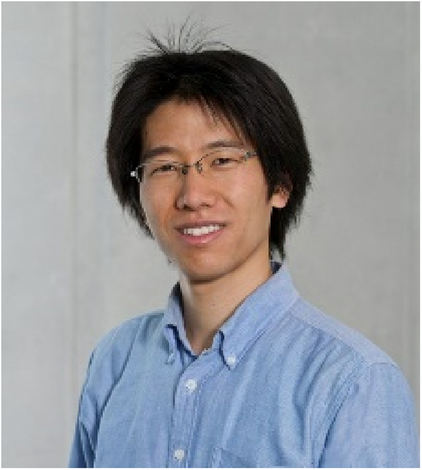
Takayuki Kurihara
Research Fellow, Institute for Solid State Physics, The University of Tokyo
Pioneering Nonlinear and Spontaneous Ultrafast Magnonics in Terahertz Region
Understanding the dynamics of antiferromagnetic spin in the THz band is an important issue for high-speed spintronics. Dr. Kurihara has been working in the field of nonlinear THz magnonics in the ultrafast regime. He showed that spin dynamics can be efficiently increased by combining high-intensity THz waves with a near field generated by a plasmon structure. He also demonstrated that such a THz near magnetic field can be used to develop optically induced spin reorientation in orthoferrite. By controlling the phase of magnon dynamics during the orientational phase transition, he achieved THz control of macroscopic magnetic order by selectively aligning more than 60% of the saturation magnetization of the system. Furthermore, Dr. Kurihara has been actively studying the development of various experimental methodologies, such as demonstrating magnon-induced second harmonic generation in YFeO3 by using the magnetorefraction effect. These series of achievements are now internationally recognized and are deemed worthy of receiving this award.
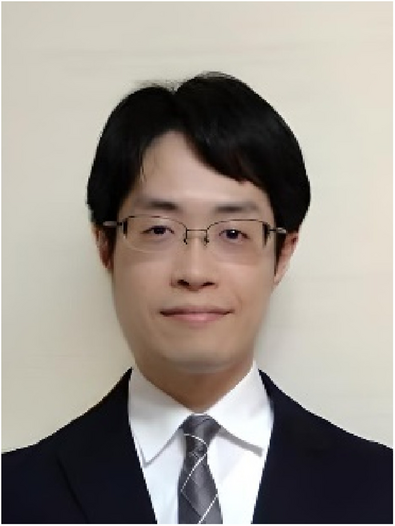
Kazufumi Takahashi
Research Assistant Professor, Yukawa Institute for Theoretical Physics, Kyoto University
Exploring Gravity Beyond General Relativity
Dr. Kazufumi Takahashi is a researcher who has made remarkable achievements in the study of extended gravity theory beyond the general relativity. During his doctoral course, he proved fundamental theorems related to gauge theory and field redefinition and clarified instability issues related to extended gravity theory. After obtaining his Ph.D., he has been active as a postdoc at various research institutions, conducting foundational and innovative research such as further expanding the framework of the modified gravity theory related to gravitational waves and black holes and constructing black hole perturbation theory. His research on testing the gravity theory through gravitational wave observations has provided important theoretical foundations. These research achievements deserve the AAPPS-JPS Award.
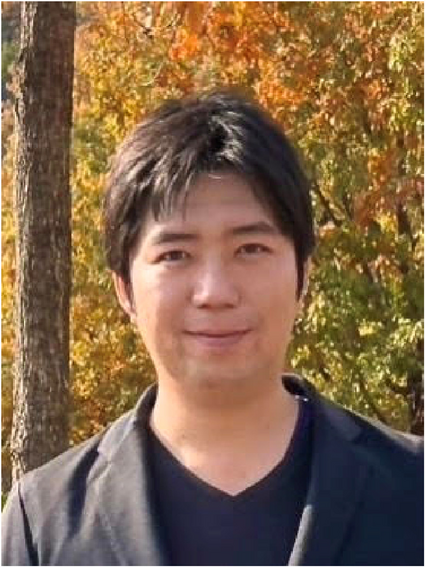
Junki Tanaka
Assistant Professor, Osaka University Research Center for Nuclear Physics
Formation of Alpha Clusters in Dilute Neutron-Rich Matter
Dr. Junki Tanaka is known for his work in measuring the formation probability of alpha (α) clusters that develop inside tin isotope nuclides using the α-knockout reactions with proton beams. This result provides important information for elucidating the α-decay mechanism of atomic nuclei and for describing the equation of state of dense nuclear matter such as neutron stars. Dr. Tanaka is actively writing co-authored papers with theoretical researchers on the formation of α clusters in the nucleus and α decay, as well as explanatory articles on related topics. Dr. Tanaka has played a central role in the development of detectors necessary for new measurements using knockout reactions. For these reasons, Dr. Tanaka has been highly praised as an up-and-coming young researcher who is leading the field of nuclear physics.
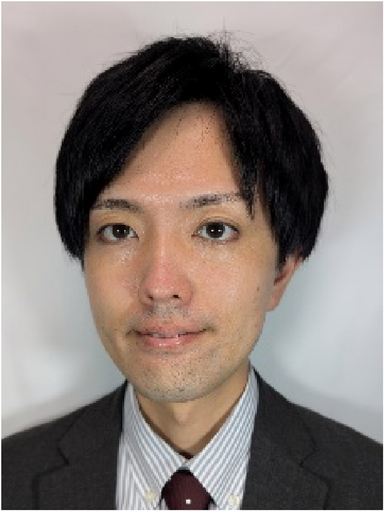
Tomoya Higo
Project Associate Professor, Department of Physics, Graduate School of Science, The University of Tokyo
Exploration of Emerging Functional Properties at the Surface and Interface of Magnetic Topological Semimetals
Dr. Tomoya Higo is a young researcher in the field of condensed matter physics, working actively in the fabrication and characterization of topological magnets. He has played a principal role in the development of a methodology to observe the octupoles in the chiral topological antiferromagnet to reveal the magnetic functionality of a newly found topological antiferromagnet Mn3Sn. He also fabricated Mn3Sn films which can be used for memory devices. Dr. Higo and his colleagues opened the possibility of utilizing this material and thin films of other topological ferromagnets as the heat flux sensor by investigating their thermoelectric properties such as the anomalous Nernst effect. Overall, his recent research achievements have made seminal progress in understanding the magnetic and thermoelectric properties of topological magnets for the practical application of these novel quantum materials.
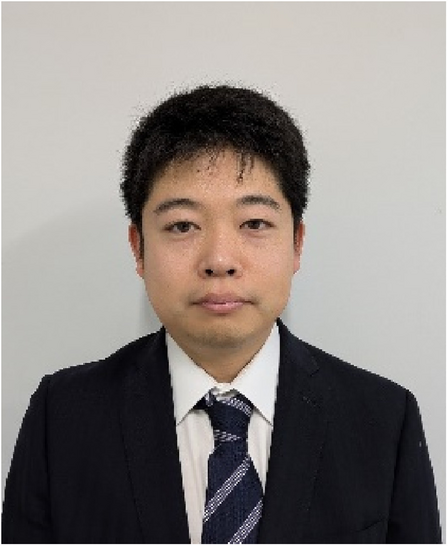
Shigeki Hirose
Assistant Professor, Tomonaga Center for the History of the Universe, Institute of Pure and Applied Sciences, University of Tsukuba
Experimental Study of the Higgs Sector Using the Tau Leptons as a probe
As a graduate student, Dr. Hirose developed the time-of-propagation counter at the KEK Belle II experiment and promoted the study of tau lepton decays of B mesons. He has since conducted experiments on the Higgs boson using tau leptons as probes in the LHC ATLAS experiment, leading the precision measurements of the Higgs-τ coupling in the ATLAS experiment and making outstanding contributions in the exploration of Higgs sector physics. From 2021 to 2022, he led the subgroup of the Higgs decay channel to ττ, making a major contribution by successfully reducing errors using machine learning techniques. In addition to his leadership with international influence, Dr. Hirose has a high-level knowledge of detector technology, which enables him to play an important role in laying the foundations for future high-energy physics experimental research.
All authors read and approved the final manuscript.
All authors declared that they have no competing interests.
Springer Nature remains neutral with regard to jurisdictional claims in published maps and institutional affiliations.
If you'd like to subscribe to the AAPPS Bulletin newsletter,
enter your email below.